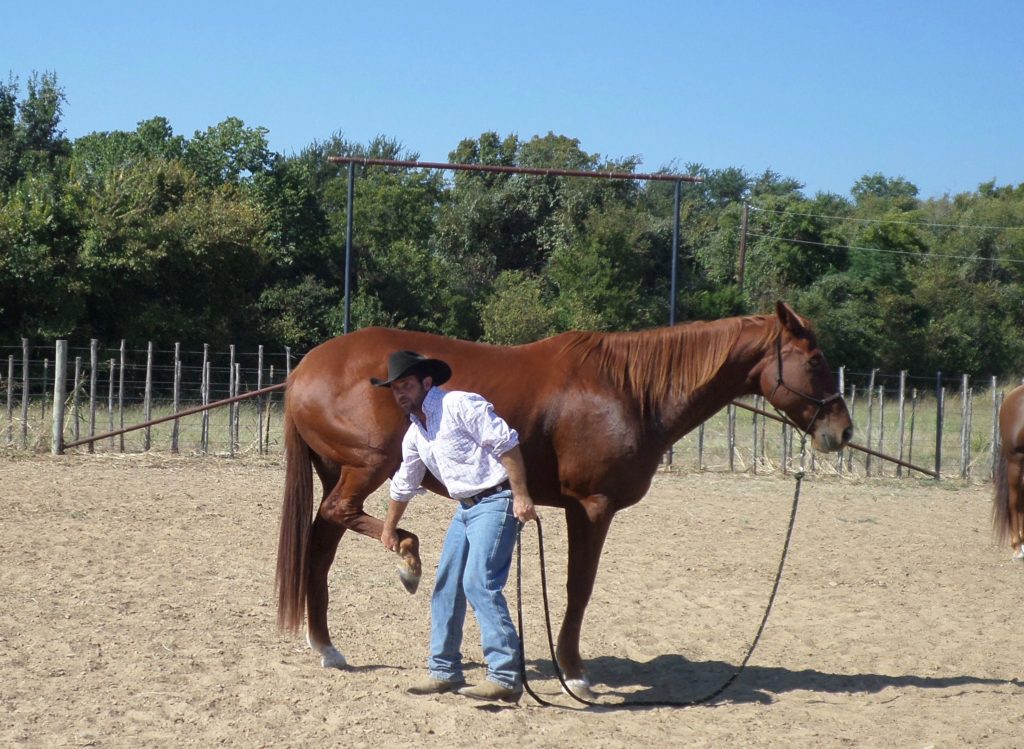HOME
The Natural Horseman – Horses that have trouble being trimmed
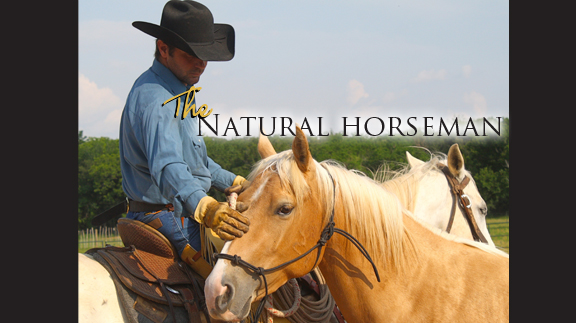
By Steve Stevens
So often we get horses in training or have someone ask us what to do about their horses that throw fits with their farrier. The horses won’t stand still, pull back, won’t pick up their feet or even can strike and kick. Their farrier is always upset, doesn’t want to work on their horse or even worse, because the horse is giving them a rough time, the farrier takes his frustration out on the horse.
There are a few factors here that need to be dealt with.
The first is for the owner to understand that for a lot of horses, having their feet worked on can be very stressful and overwhelming. Most farriers don’t have the time and/or patience to go slow and help train your horse. The only way they can make a living is to hurry up and move on as soon as possible to get to the next horse. So it now becomes OUR responsibility to prepare our horse. If your horse won’t stand still for you to pick up all four feet, and clean their hooves out with a hoof pick, they probably aren’t ready for the farrier who will be in a rush, will have multiple clanging tools and will be asking your horse to get into fixed positions.
We must be consistent with picking up our horse’s feet and letting them get comfortable with that. If your horse is giving you a rough time or you are scared to pick up their feet, you must find a professional to help.
With all the problem horses I have worked with, one of the most important philosophies we have learned and practiced is a very simple concept:
IF YOUR HORSE WON’T STAND STILL FOR YOU TO PICK UP HIS FEET, GROOM HIM OR SADDLE HIM NOT BEING TIED, THEN HE IS NOT READY TO BE TIED UP.
See, when a horse is tied hard, we take away their ability to move their feet.
So if they get scared, they are trapped and most often will fight, pull back, fall down, kick and get worse at the task at hand. How many times have you tied up your horse hard and he got scared and fought it, got through it for the time being, but then when you come back another day he has the same issues?
We need to understand how horses process their thoughts. A horse feels safer when he has the ability to move his feet. It’s easier for him to work through things. Once we take that ability away, he will most always fight if he gets scared or bothered. So before we ever tie him up, we must learn how to do these tasks with him untied.
I know this goes against all the old school techniques. But trust me…we get the horses in training after the old school techniques don’t work…after horses have pulled back, broke multiple halters, split their heads open, nearly killed the farrier and/or yourself.
The second factor is that owners need to have the courage to stand up to their farrier if they see things are getting out of control. If a horse is getting more scared, and the farrier is getting more upset, it is ok to say, “That can be enough for today, let me work with him a little bit more before he or she gets anyone hurt.” So what if your horse’s feet get a little long and you have to pay a bill? It is better than the alternative of being scared to death every time he gets trimmed.
If you have a farrier worth his salt, he will be appreciative that you don’t want him to get killed today trimming your horse. If he tells you otherwise, it’s probably time to find another farrier. I can’t tell you how many times clients have brought me horses that have foot issues, can’t be tied or go running to the other side of the pen when the farrier comes. The client often tells me something like, “I knew it was getting worse every time my horse got trimmed, but I just felt bad to stop using my farrier. He is a really nice guy.” We must find the strength to do what is right for the horse and if you have to go through five farriers to do so, that is fine.
I probably sound like I am bashing farriers right now, but actually I have more respect for a farrier’s profession than anyone. It is not easy to have to get under crazy horses all day long in the elements. I have been blessed to know a handful of amazing farriers who are always on time, patient, knowledgeable and understanding. They know that if they are going to work on your horse for the next twenty years, that if they take their time the first couple of times, it should be easy for the next two decades.
The third factor is to do the training with a horse that is having a hard time. If a horse nips, or kicks, leans or won’t stand still, we must try our best to correct the issue.
The easiest way to do this is to move their feet, to make them work, hustle them by lunging, doing rollbacks, driving their hindquarters around.
I will give you an example. If I were holding a horse for the farrier and she kicked or tried to bite him, I immediately would start lunging that horse, making it work. That is how we can make the wrong thing difficult. So make sure your horse can lunge well, change directions and back up well on a lunge line.
THE NEXT TIME YOUR HORSE GIVES YOU OR THE FARRIER A TOUGH TIME, PUT IT TO WORK.
The more aggressive the behavior, the longer I will hustle them. The toughest part about this exercise is having the wind to really put some effort behind this and hang in there long enough that they get the point. Once you are done, bring them back to where you started and go back to work like nothing ever happened. This may take two to three times to really take effect, depending on your ability and expertise.
Just remember, if things are going bad when getting your horse’s feet done, it will only get worse if you don’t work on fixing the problem.
Have faith that there are amazing farriers out there and take the time to find them.
HOME
Lone Star Auctioneers Championship
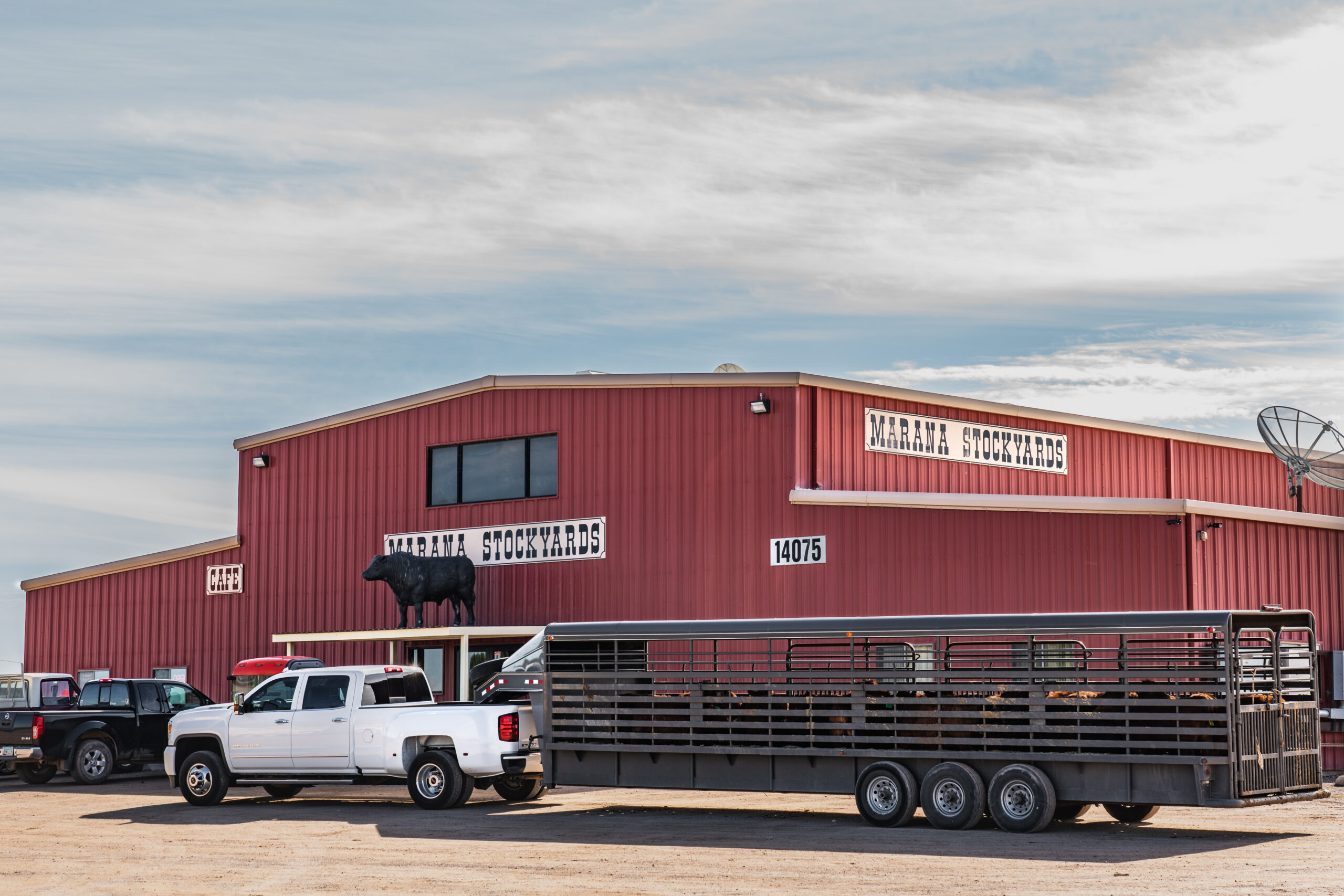
Join us for the Lone Star Open (LSO) Auctioneer Championship, set to take place on Sunday, February 2, alongside the Fort Worth Stock Show and Rodeo (FWSSR).
This exciting event will feature a $20,000 prize for the grand champion auctioneer, as well as insightful presentations on the auction method of marketing and the dynamic auctioneering profession.
To read more, pick up a copy of the January edition of North Texas Farm & Ranch magazine, available digitally and in print. To subscribe by mail, call 940-872-5922.
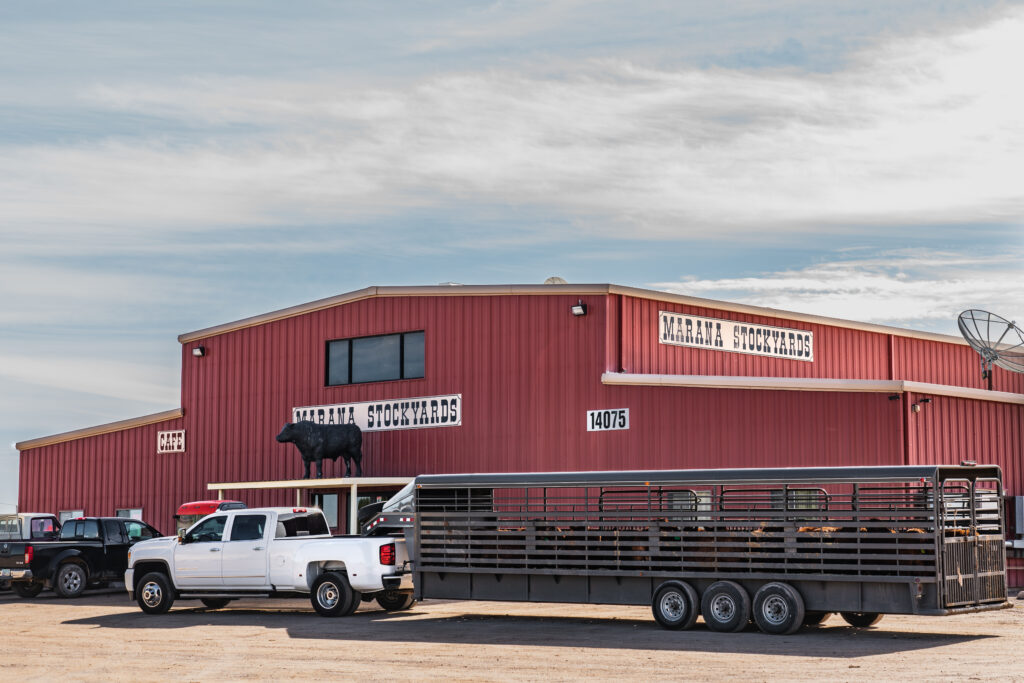
HOME
Being A Woman In The Outdoor Industry

By Emily Gleason
The outdoor, hunting, and fishing industries have long been perceived traditionally as a male-dominated realm. However, as societal norms shift, the experiences of women in these industries have been increasingly coming to the forefront. Being a woman in the outdoor industry today is a complex blend of passion, perseverance, and community, marked by both challenges and triumphs.
Women who hunt or engage in outdoor activities frequently find themselves confronting preconceived notions about their capabilities and interests. Many of us have experienced skepticism or outright disbelief when we express our enthusiasm for hunting or other outdoor activities.
Despite these stereotypes, women are increasingly challenging and redefining what it means to be involved in these activities. Female hunters and outdoor enthusiasts are not only participating but excelling in such skills. They contribute unique perspectives and insights to the hunting community, showcasing that passion for the outdoors knows no gender.
To read more, pick up a copy of the January edition of North Texas Farm & Ranch magazine, available digitally and in print. To subscribe by mail, call 940-872-5922.
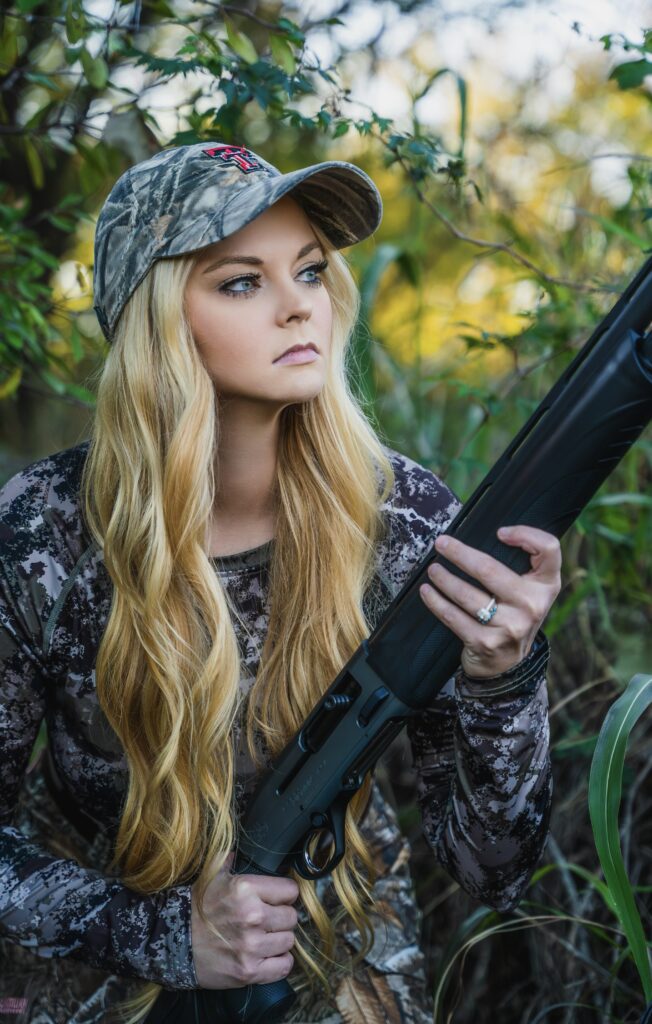
HOME
Winecup

By Norman Winter
It’s easy for us to take for granted the multiple forbs that are growing throughout our North Texas and Oklahoma grazing lands. They play an important part in the health of our soils and of our livestock, and we should be aware of how they fit in our grazing environment.
Winecup is one of the forbs that many of us can recognize. There are both annual and perennial species, and of significant numbers in our area is Trailing winecup, which is a perennial.
To learn more, pick up a copy of the January edition of North Texas Farm & Ranch magazine, available digitally and in print. To subscribe by mail, call 940-872-5922.

-

 Country Lifestyles2 years ago
Country Lifestyles2 years agoScott & Stacey Schumacher: A Growth Mindset
-

 Country Lifestyles8 years ago
Country Lifestyles8 years agoStyle Your Profile – What your style cowboy hat says about you and new trends in 2017
-

 HOME8 years ago
HOME8 years agoGrazing North Texas – Wilman Lovegrass
-

 Outdoor10 years ago
Outdoor10 years agoButtercup or Primrose?
-

 Equine1 year ago
Equine1 year agoThe Will to Win
-

 Country Lifestyles5 years ago
Country Lifestyles5 years agoAmber Crawford, Breakaway Roper
-

 Country Lifestyles9 years ago
Country Lifestyles9 years agoJune 2016 Profile – The man behind the mic: Bob Tallman
-

 Country Lifestyles8 years ago
Country Lifestyles8 years agoDecember 2016 Profile, Rusty Riddle – The Riddle Way

